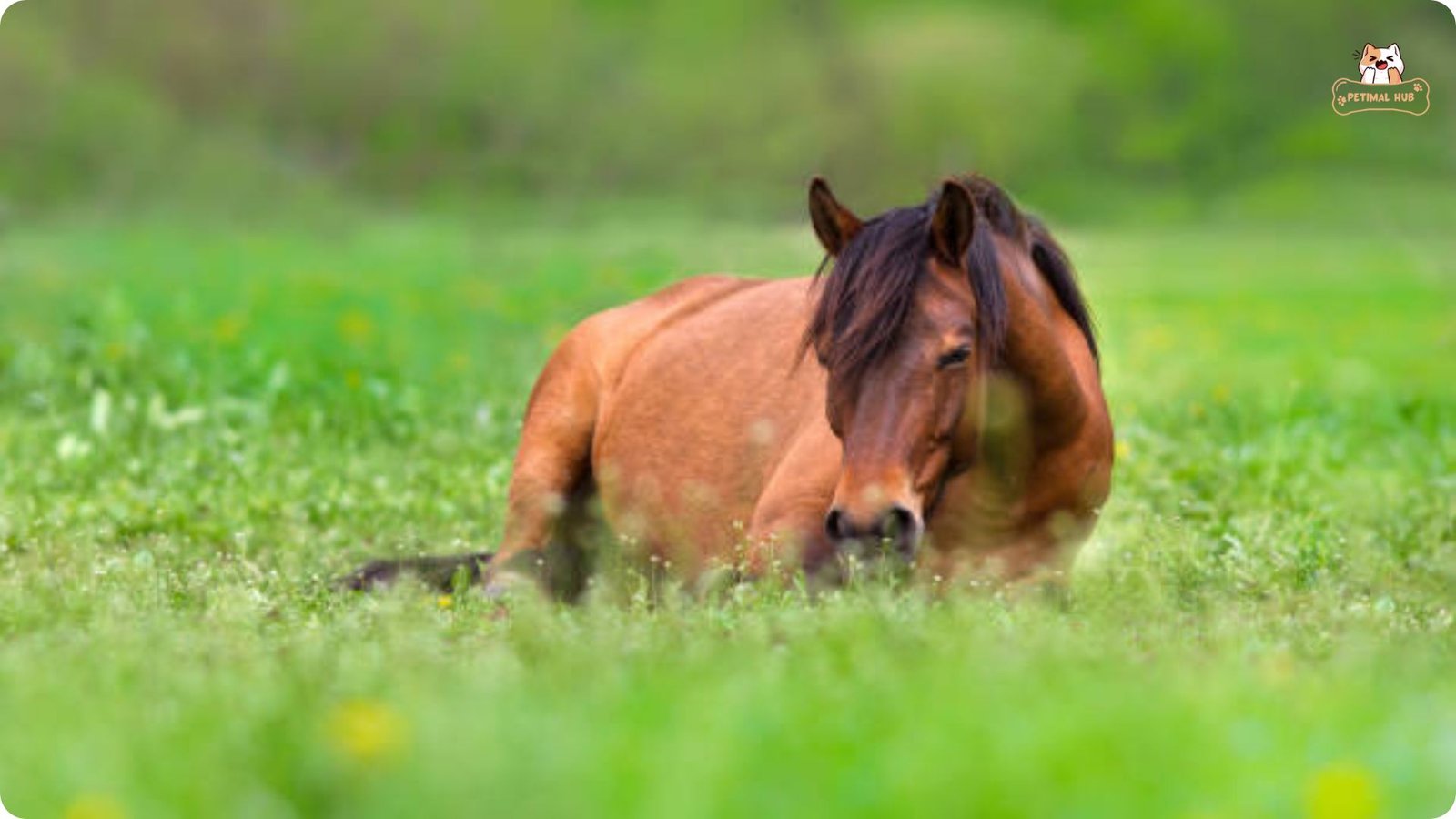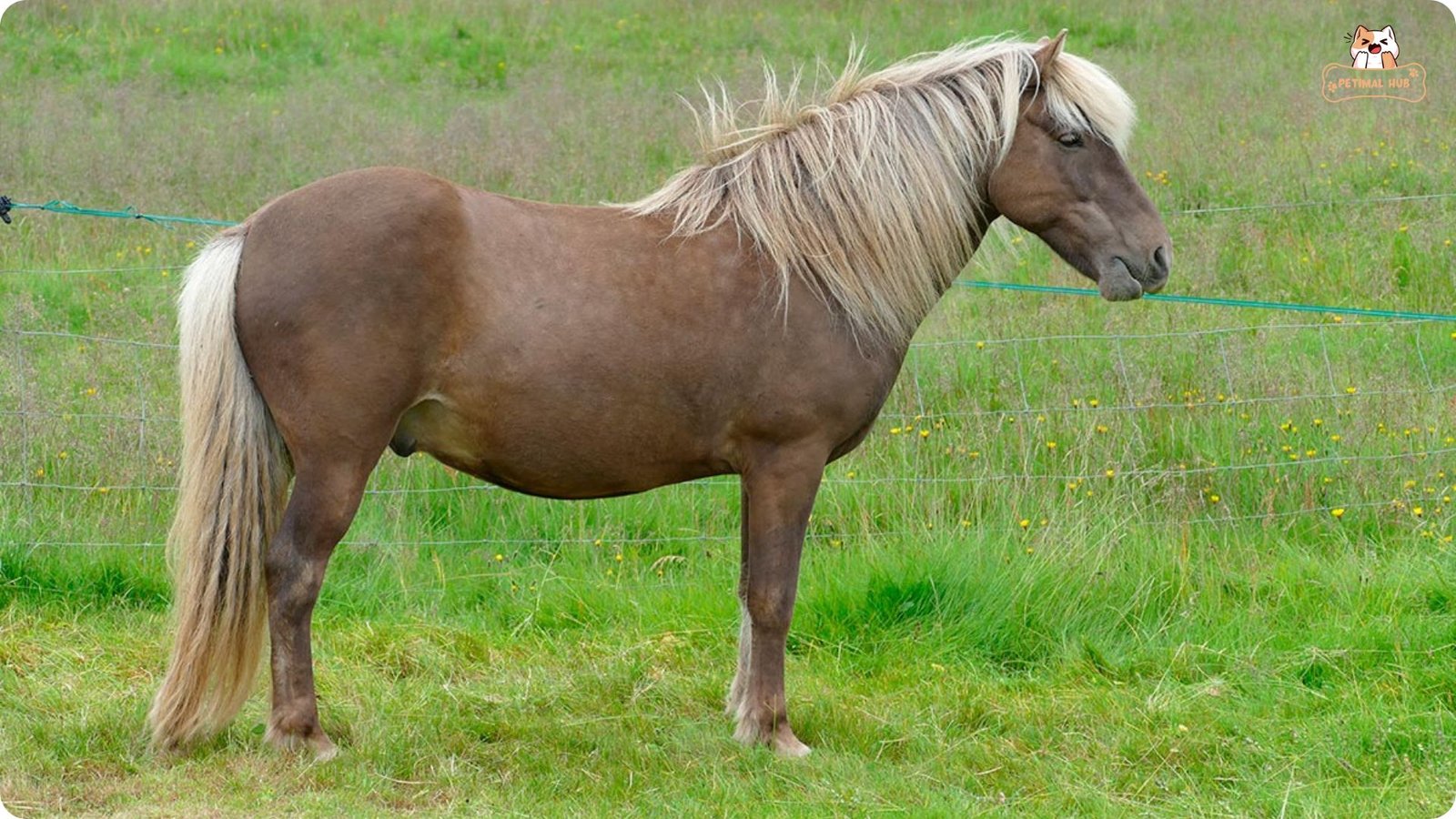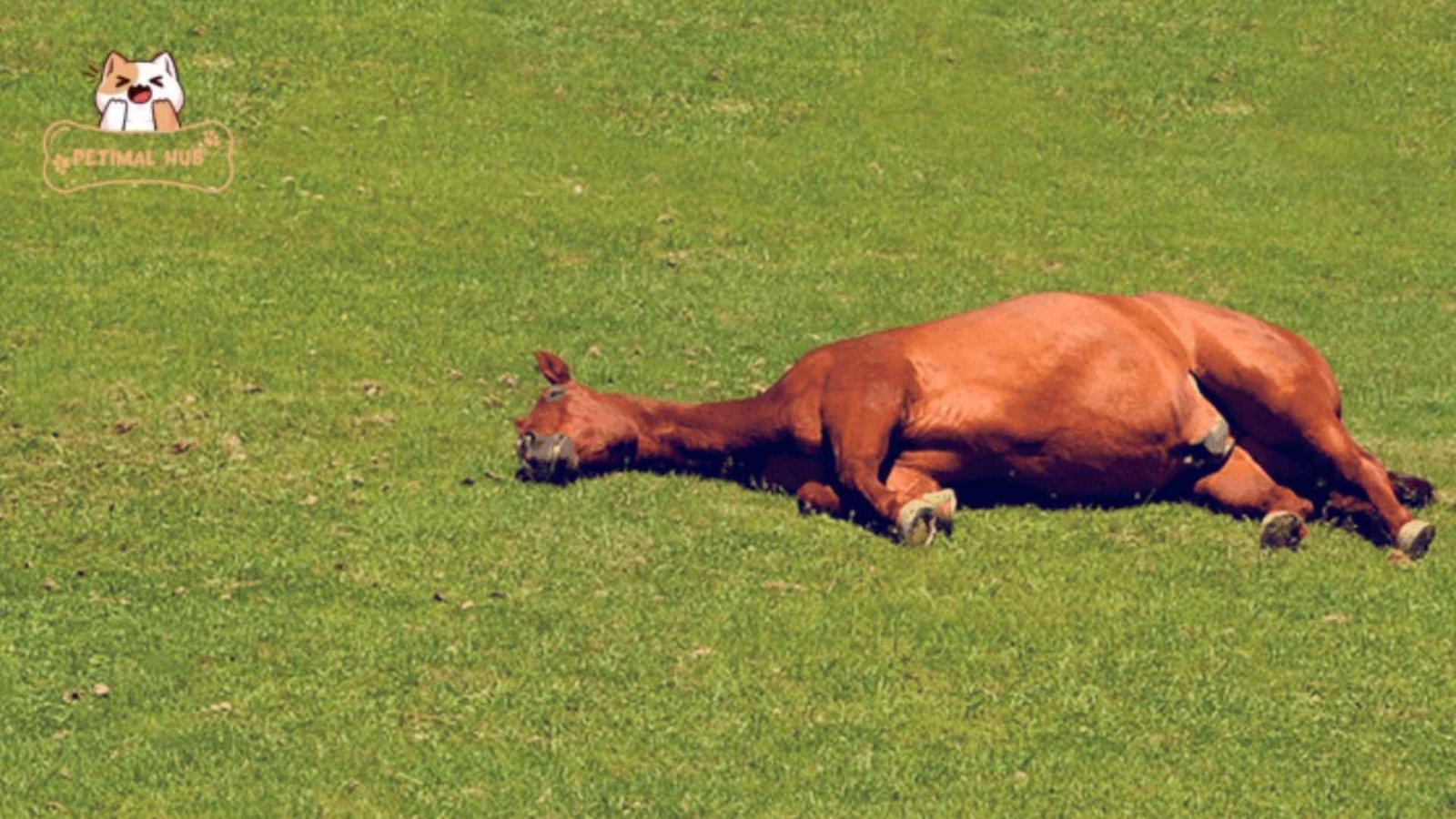
- Blog, Horse
Do Horses Sleep Standing Up?
- October 3, 2024
Horses are beautiful, gracious, and agile creatures, yet there is one aspect of their behavior that raises questions: Do horses sleep standing up? The question has interested equine enthusiasts as well as casual animal lovers. While it appears impossible for such a large animal as a horse to doze off without lying down, the horses have evolved particular methods to rest while standing.
Table of Contents
ToggleIn this article, we’ll explore how horses sleep, why they can stand while dozing, and the crucial role lying down plays in their health. By the end, you’ll understand the intricacies of horse sleep patterns and the fascinating reasons behind this remarkable trait.
How Horses Sleep - The Basics

Horses are unique in their ability to sleep both standing up and lying down. In fact, this is a result of evolutionary adaptations when horses were prey animals-they were able to rest while standing up, ready to run away if needed in case there was any danger.
While most animals, including humans, have to sleep lying down, horses have evolved mechanisms that enable them to enter light sleep even while standing on their feet.
Nevertheless, the horses do not wake up all the time when they sleep. They alternate between standing and lying down depending on the type of sleep required. Horses can experience light sleep while they are standing but have to lie down for deep sleep or REM sleep.
Usually, horses sleep around three hours total in a span of 24 hours. They do so in short bursts, including times of light dozing and moments of deep REM sleep. Making sure a horse is sleeping well and getting enough rest involves understanding these patterns.
Also, Read More: Can Horses Swim?
The Stay Apparatus - Why Horses Can Sleep Standing Up

One very interesting part of the anatomy of a horse is the stay apparatus. This unique mechanism enables horses to lock in their legs so they can stand while sleeping without expending energy to prevent collapse. The stay apparatus involves the hind limbs of a horse, as its patella (kneecap) is locked in through a tendinous and ligamentous system.
This anatomical feature allows the horses to be able to rest balanced and securely on their feet. Contrary to expectation, it does not cause discomfort or strain; instead, it allows a resting horse to take a nap without laying down and so exposing the animal to various predators.
The apparatus is thus an evolutionary marvel that gives horses the freedom to sleep while standing, particularly useful in the wild where speed and readiness are critical.
In the next section, we will examine how this ability advantageously affects the horses on evolutionary grounds.
Lying Down for REM Sleep - When Horses Need Deep Rest

While horses sleep lightly while standing, they must lie down to enter the REM sleep stage, which is also the deepest and most restorative stage of sleep for horses. In this period, the muscles of a horse must go fully relaxed, and this can only happen when they are lying down. Here’s what you need to know about horse REM sleep:
- Period: Horses require just 30 to 60 minutes of REM sleep per day.
- Frequency: They receive REM sleep in short, interrupted intervals.
- Safety: Horses lie down only when they feel safe within their environment, for example, when other horses are standing guard.
To horses, REM sleep means as much as it does to humans: proper rest and mental restoration. Due to their prey instinct, these moments of deep sleep are kept short and selective, with lying down only in secure moments, and not enough REM sleep results in sleep deprivation, which might cause them to collapse.
Also, Read More: How Do Horses Mate?
The Dangers of Sleep Deprivation in Horses - Why Rest Matters
If horses don’t get enough REM sleep, it may lead to grave health concerns. Horses may abruptly collapse if they become sleep-deprived; this is especially true when they try to enter REM sleep while standing. Key risks for sleep deprivation in horses include:
- Physical injuries from falling while standing.
- Increased irritability and behavioral changes.
Ensuring your horse has a safe and comfortable environment to lie down is essential for preventing these issues. In the next section, we’ll discuss how to create a restful environment for horses to maximize their sleep quality.
Importance of Proper Bedding for Horse Sleep

Offering comfortable bedding is of key importance in getting the horse to lie down and eventually attain REM sleep. The bedding must be soft and absorbent enough to ensure a comfortable resting surface. When horses are provided with comfortable bedding, they would feel secure in their environment, rest well, and improve their health in general.
Ensuring Space for Horses to Move Freely
Horses require enough space to stretch when lying down. A broad stall or paddock provides them with a feeling of comfort and security enough to enter deep sleep. If the space is too small or cramped, it may discourage them from lying down, resulting in too little resting.
Establish a Peaceful Calm Silence
A stable environment offers security and tranquility to equines as they sleep. Noise and interruptive distractions cause stress and will ensure that their quality of sleep is not achieved when horses are sleeping. Keeping the environment peaceful means horses can either sleep standing or lying down without any disturbances.
By focusing on these key factors, you can enhance your horse’s sleeping conditions, ensuring they get the rest they need for optimal health and performance.
Conclusion
Horses, as special animals, have characteristics in their sleep patterns that helped it survive hardship periods. Of course, horses do sleep standing up?, but REM sleep can only be achieved with lying down. Therefore, if you really need to have your horse sleep well to attain good health, then you need to provide the right setting, such as comfortable bedding, enough space, and a calm atmosphere.
Understanding these natural sleep behaviors helps horse owners ensure their animals stay healthy, alert, and energetic. Whether you’re a seasoned horse owner or new to equine care, creating an environment that promotes both light and deep sleep is key to your horse’s well-being.





